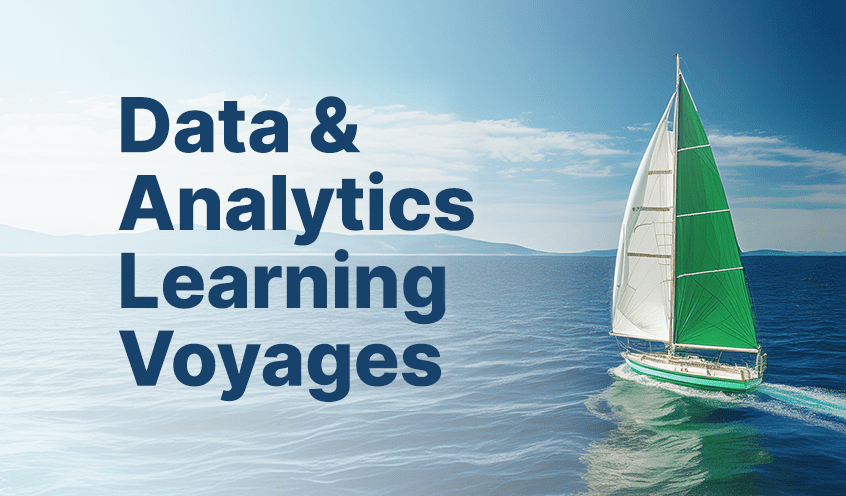“Data acumen” is a powerful new term. I heard it used recently in relation to a historically hard problem for the Department of Defense (DoD). The problem is the speed of data change. David Spirk, DoD’s Chief Data Officer, gave an historic keynote at GovCon Wire’s Data Innovation Forum, which was held in June 2021. He was joined by three key leaders in DoD data: Thomas Sasala (Navy), Eileen Vidrine (Air Force) and David Markowitz (Army).
Making DoD Data An Enterprise Resource
What made the forum significant was the leaders describing their progress toward a joint strategy of making all DoD data an enterprise resource. This strategy is not just an aspiration but is grounded in the department’s official guiding philosophy. Deputy Secretary of Defense Kathleen Hicks recently issued a government memorandum, with the subject “Creating Data Advantage,” wherein she describes five data decrees, the first of which is “all DoD data is an enterprise resource.” The DoD also deployed last year an analytics platform to help solve National Defense challenges and address a broad set of mission use cases.
To make sense of this new data strategy requires some analysis and a look into the DoD’s history. In recent years, DoD leaders have discussed openly the strategic gap between budgets and technological change, and the necessity to address that gap in order to successfully engage in a multipolar military world order. This chart illustrates that gap succinctly:

Data Wisdom
This demands new wisdom, one which doesn’t consider simply throwing money at a problem as a viable solution. The DoD needs to contemplate how to achieve data integration via a sound data strategy to make all DoD data and analytics systems work together – to go further than it already has with its recent platform deployment. So, what is that new wisdom? It’s wisdom about data.
This wisdom has two components. One is people using data more skillfully to make better decisions. At Qlik, we call it data literacy. Eileen Vidrine calls this a “common baseline of data acumen.”
The second component is making informed choices about data. Spirk, Sasala, Vidrine and Markowitz all noted that, although the DoD is unified by a common data vision, each department within the DoD had different cultures and priorities. In other words, each department is approaching how to make the best choices about data differently. Despite these differences, however, all departments are moving their workforce and leadership ranks forward with an emphasis on achieving greater data acumen. Accordingly, leaders are making decisions to prioritize data modernization and data integration efforts.
This is all being done in service of achieving a high level of data acumen. It may not be fully apparent in how DoD personnel use data yet. Nevertheless, data innovation within and across each military department remains a priority, as it helps reshape and rebalance how quickly each department can and should respond to various risks. Ultimately, this involves shifting how we can think about both data integration and risk tolerance.
Data acumen lets you understand more deeply artificial intelligence, machine learning and other technological advances that accelerate change while creating more data. Truly understanding speed and risk within the military – knowing what tradeoffs need to be made, the salience of a threat and how you need to balance the agility of response with the size of the problem – means integrating data collaboratively to see what competitors cannot see. It also surfaces areas of weakness early, providing more time to take corrective action. Learning to change at the speed of data signals to autocratic rivals that you can expand your risk tolerance without merely throwing money at problems – and without making suboptimal decisions, committing errors of thought or engaging in unconscious bias in interpreting data.
Cognitive Diversity
Kevin Hanegan, in “Turning Data into Wisdom,” recommends a way to address these issues in high-stakes scenarios, which, of course, the DoD encounters every day. He suggests embracing cognitive diversity. Harnessing diverse insights and learning styles across the workforce raises questions that expose biases and errors, enabling us to make better judgments and assessments with each successive task. Thus, cognitive diversity is an iterative process designed to overcome biases that limit our success.
Hard problems reward cognitive diversity. DoD is accelerating its promotion of cognitive diversity with collaborative data strategies to overcome bad practices, ideas and beliefs in a climate that is ready to talk about bias. This aligns justice and strategy as both work together in the open.
We will never finish determining ideal response times to a given risk with our available resources – we simply can’t do everything at once, and we must prioritize what we do. That is the adventure – learning to maximize our capabilities – and possessing data acumen enables us to see how we are trending and how to innovate and lead with data. That is throwing wisdom at the problem.













































